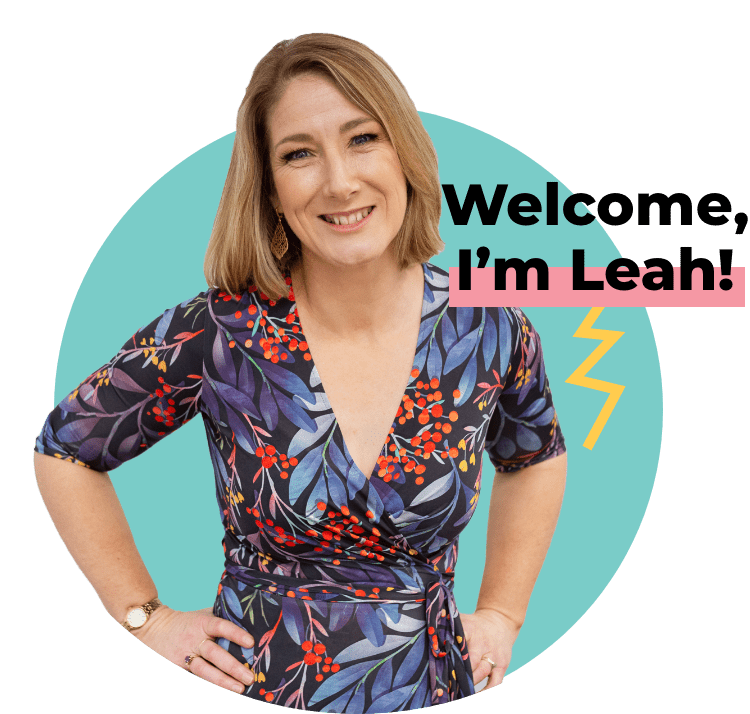A couple of weeks ago I gave blood at the Australian Red Cross Blood Service Traralgon Donor Centre.
As I sat back in the chair squeezing the stress ball to pump up my notoriously dodgy veins, I looked around the room and thought, ‘yep, these guys have nailed their communication’.
On the walls were three large pictures of different people with a brief line about how blood donation helped them underneath. One was a child with a rare condition who needed regular donations to be healthy. Another was a cancer patient who received donations as part of their treatment. From memory, the third was a family; a member of whom had required a blood transfusion after an accident.
The key is, it wasn’t facts that adorned the walls, but stories and photos that made a human connection between the act of donating blood and the people who receive it. The Australian Red Cross Blood Service gets that ‘facts tell, stories sell’. Stories are far more powerful than just providing the stats on how great donation is – even though they’re impressive too (one donation saves three lives). Stories that we can relate to; that we look at and think ‘that could be me’, ‘it could be my child’, ‘it could be my mum’ – that’s where the connection and engagement is.
As the needle went in and I grimaced, a nurse either side of me made sure I was ok. “You’re allowed to say it hurts,” one said. Empathy; the act of putting yourself in someone else’s shoes and imagining things from their perspective. It’s another critical aspect of effective communication.
While I sat waiting for the plastic pouch to fill with my blood, I was treated to another display of communication; the nurses and volunteers practicing their singing and dance moves. Sure, I was the last appointment on a Friday and it was nearly knock-off time – but it added to the overall experience; the positive, friendly, vibrant vibe of the place.
This was topped off by the lovely volunteer who made me coffee and offered me a selection of delicious snacks at the end; who thanked me for donating and wished me a wonderful time at the Wiggles concert I was off to with my children afterwards. She showed me appreciation. That goes a long way in good communication too.
I left the donor centre happy and with a great sense of satisfaction. Despite having what is essentially an uncomfortable medical procedure (like I said, I have dodgy veins), I felt great. Not only had I helped save lives, but I’d had fun in the process. That’s impressive. The Australian Red Cross Blood Service and the staff at the Traralgon Donor Centre had got their communications so right, I looked past the discomfort and focussed on the positives. A job very well done.
It didn’t stop there though. Yesterday I received an unexpected text message. It read:
‘Hi Leah, your blood donation is already at work! Your blood has gone on to save lives at The Epworth Hospital, Richmond Vic today.’
Wow. What a follow up. Something so simple, yet so effective that again focusses on relationship building and a personal connection. It makes me want to book my next donation now and that’s exactly what the Red Cross wants. That shows the communication has served its purpose.
Congratulations Australian Red Cross Blood Service. You delivered a perfect lesson in communications for business success and many organisations could learn from you.
*The Traralgon Donor Centre is located at 20 Seymour Street, Traralgon. To make an appointment to donate blood, call 13 14 95.
*Tickets for my upcoming workshop ‘Communications for Business Success’ on Monday 8 August from 7pm-9.30pm at the Mercure Warragul are now on sale. Buy yours today at www.businesscomms.eventbrite.com.au.

Leah Mether is a communication and soft skills trainer obsessed with making the people part of leadership and work life easier.
With more than 15 years’ experience working with thousands of clients, and an acclaimed book to her name, Leah knows what it takes to communicate under pressure. Like you, she knows the challenge of conflict, personality clashes, and difficult conversations.
Leah is renowned for her practical, engaging, straight-shooting style. Utilising her Five Cs® model of communication, she helps leaders and teams shift from knowing to doing, and radically improve their effectiveness.